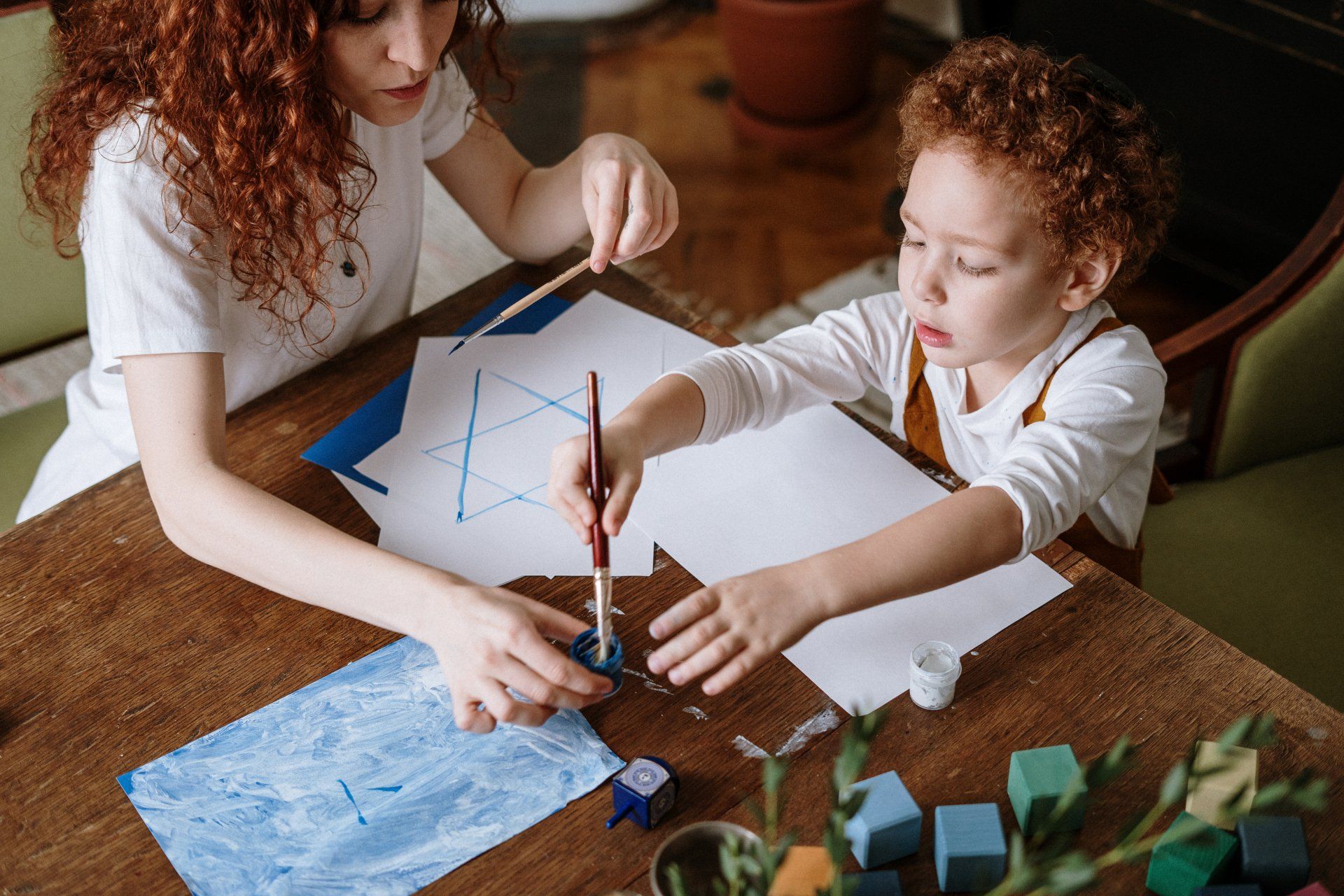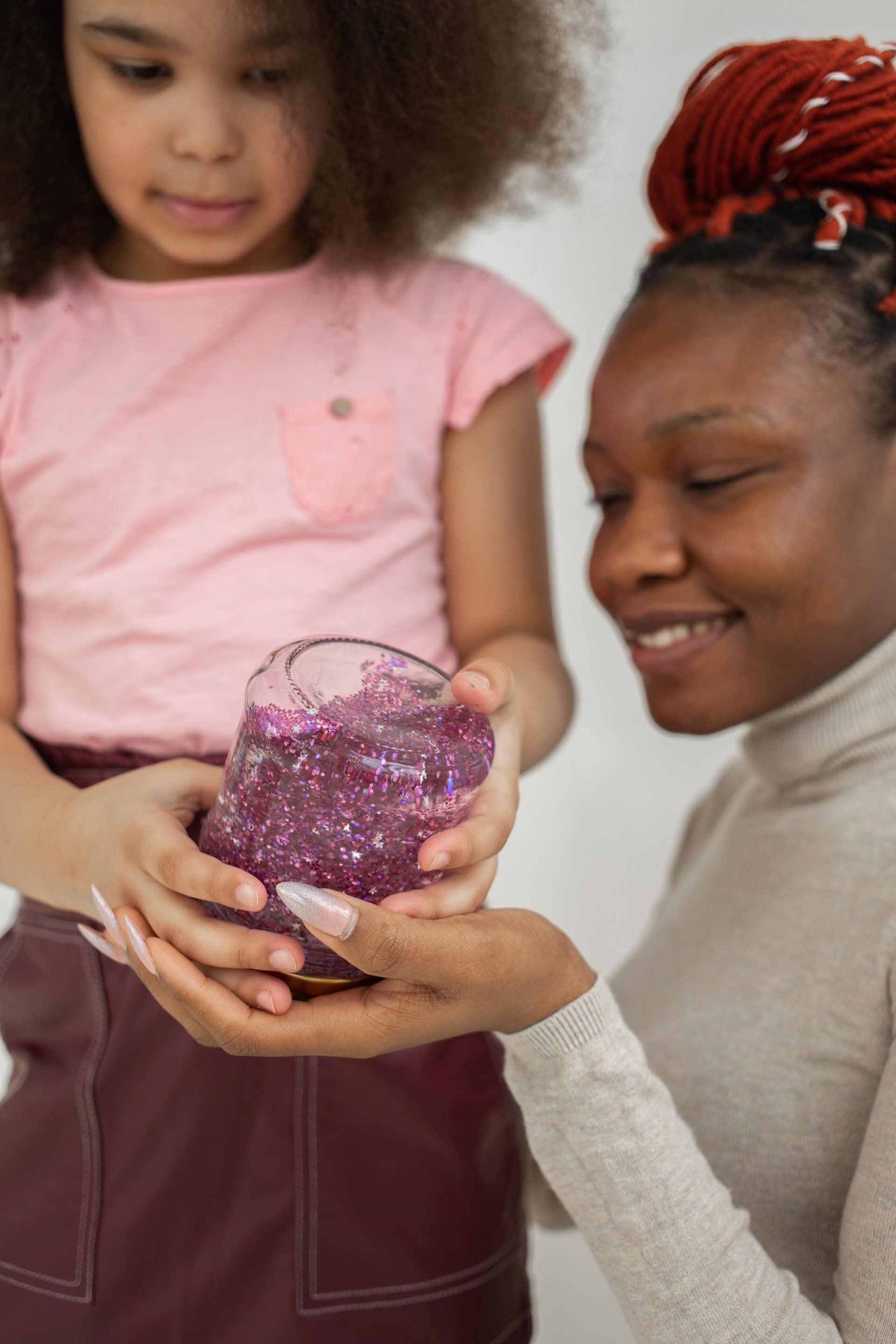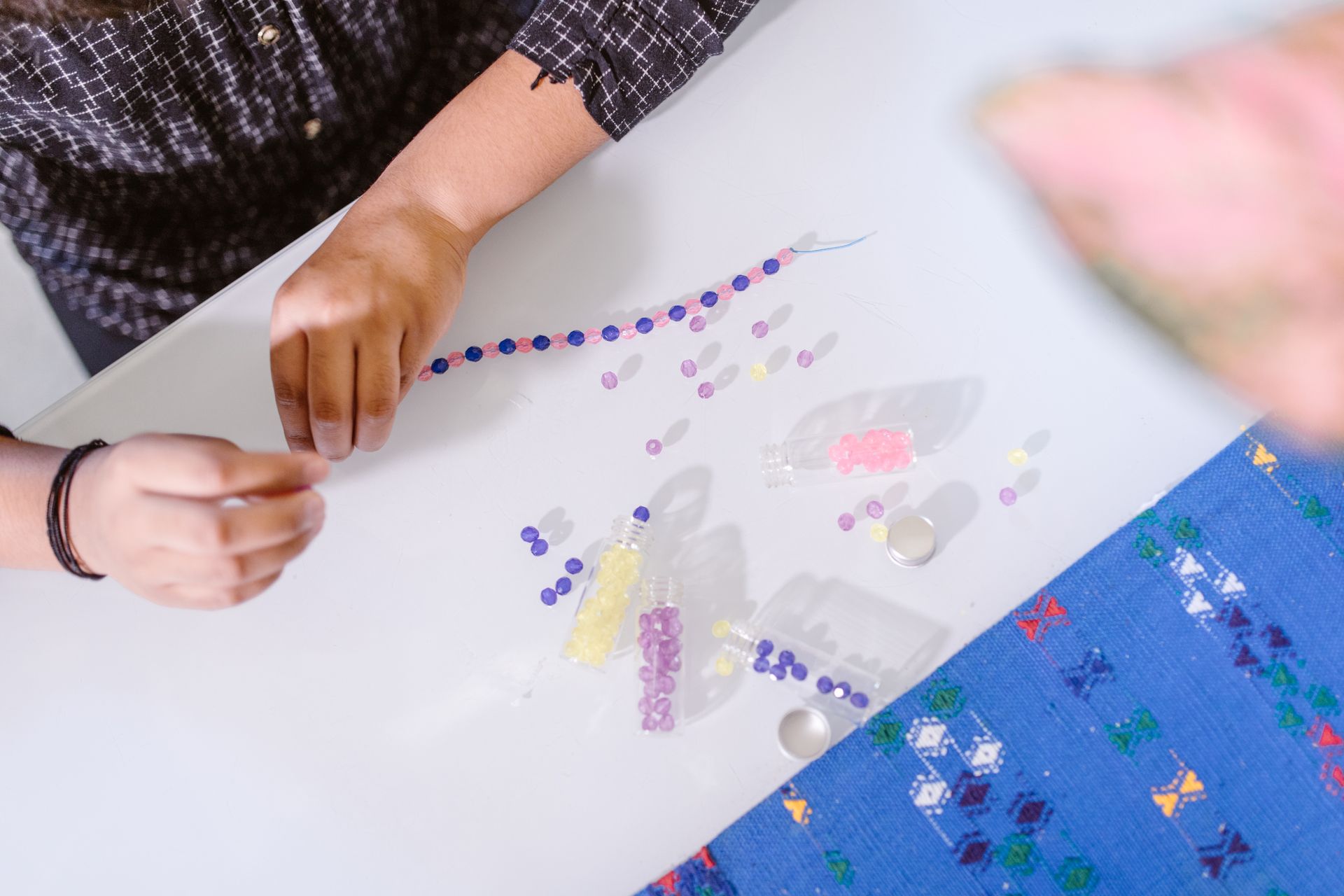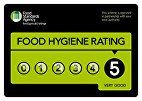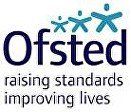Positive Reinforcement Techniques for Behaviour
Positive Reinforcement Techniques for Behaviour

Positive reinforcement is a powerful tool in behaviour management, widely used by both parents and educators. It involves rewarding desired behaviours to encourage their recurrence. This technique not only helps in shaping behaviour but also fosters a positive and supportive environment for children. In this guide, we will explore various positive reinforcement techniques, their benefits, and how they can be effectively implemented both at home and in educational settings.
What is Positive Reinforcement?
Positive reinforcement is a behavioural strategy that rewards desired behaviours to increase the likelihood of their repetition. It is based on the principle that behaviours followed by positive outcomes are more likely to be repeated. This technique is grounded in the psychological theories of operant conditioning.
Benefits of Positive Reinforcement:
- Encourages repeat behaviours
- Builds self-esteem and confidence
- Promotes a positive relationship between adults and children
- Enhances overall behaviour and discipline
Techniques for Parents:
Parents can implement positive reinforcement in various ways to encourage good behaviour at home.
Here are some practical strategies:
1. Praise and Affirmation:
- Verbally acknowledge good behaviour with specific praise. Instead of just saying "Good job," try "I’m really proud of how you shared your toys with your sibling today."
- Example: "You did an excellent job finishing your homework on time."
2. Reward Systems:
- Create a reward chart where children earn stickers or points for good behaviour, which can be exchanged for a larger reward.
- Example: Earning a movie night for completing chores consistently over a week.
3. Tangible Rewards:
- Use small tangible rewards like stickers, extra playtime, or a favourite snack to reinforce good behaviour.
- Example: Giving a small treat for picking up toys without being asked.
4. Quality Time:
- Spend one-on-one time with your child as a reward for positive behaviour.
- Example: An extra story at bedtime for good behaviour throughout the day.
Addressing Common Challenges:
- Ensure rewards are consistent and appropriate to the behaviour.
- Avoid over-reliance on material rewards; balance them with verbal praise and quality time.
- Be patient and persistent, as changes in behaviour can take time.
Techniques for Educators:
In educational settings, positive reinforcement can help manage classroom behaviour and promote a conducive learning environment. Here are some strategies for teachers:
1. Classroom Praise:
- Recognise and praise positive behaviour publicly in the classroom.
- Example: "I appreciate how quietly everyone lined up for recess today."
2. Token Economy Systems:
- Implement a system where students earn tokens for good behaviour, which can be exchanged for rewards.
- Example: Earning tokens for completing assignments on time, which can be used to get extra recess time.
3. Group Rewards:
- Encourage cooperative behaviour by setting group goals and rewarding the class as a whole.
- Example: If the entire class meets a reading goal, they get a class party.
4. Positive Notes and Calls Home:
- Send positive notes or make calls to parents to report good behaviour.
- Example: Sending a note home saying, "Your child showed excellent teamwork during group activities today."
Implementing in Different Settings:
- Adjust techniques based on the age and needs of the students.
- Combine positive reinforcement with other behaviour management strategies for best results.
Common Pitfalls and How to Avoid Them:
1. Inconsistency:
- Consistently apply positive reinforcement to avoid confusion and maintain effectiveness.
- Solution: Keep a log or chart to track rewards and ensure consistency.
2. Overuse of Rewards:
- Avoid over-reliance on tangible rewards, which can diminish intrinsic motivation.
- Solution: Balance material rewards with verbal praise and recognition.
3. Ignoring Negative Behaviour:
- Do not ignore negative behaviours; address them constructively.
- Solution: Use a balanced approach, combining positive reinforcement with appropriate consequences for negative behaviour.
Long-term Benefits of Positive Reinforcement:
Positive reinforcement not only modifies behaviour in the short term but also has lasting benefits on child development. These include:
- Enhanced Self-Esteem:
Children develop a positive self-image and confidence.
- Better Academic Outcomes:
Consistent positive reinforcement leads to improved academic performance and motivation.
- Social Skills:
Children learn to interact positively with peers and adults.
- Emotional Development:
Encourages emotional regulation and resilience.
Conclusion:
Positive reinforcement is a highly effective technique for shaping behaviour and fostering a supportive environment both at home and in educational settings. By consistently applying these strategies, parents and educators can promote desirable behaviours, enhance children’s self-esteem, and create a positive and encouraging atmosphere. Remember, the key is consistency, patience, and a balanced approach.
FAQ:
Q: What is positive reinforcement?
A: Positive reinforcement is a technique that rewards desired behaviours to encourage their repetition.
Q: How can parents use positive reinforcement at home?
A: Parents can use praise, reward systems, tangible rewards, and quality time to reinforce good behaviour.
Q: What are some techniques for educators?
A: Educators can use classroom praise, token economy systems, group rewards, and positive notes or calls home.
Q: What are common pitfalls of positive reinforcement?
A: Inconsistency, overuse of rewards, and ignoring negative behaviours are common pitfalls.
Q: What are the long-term benefits of positive reinforcement?
A: Enhanced self-esteem, better academic outcomes, improved social skills, and emotional development.



